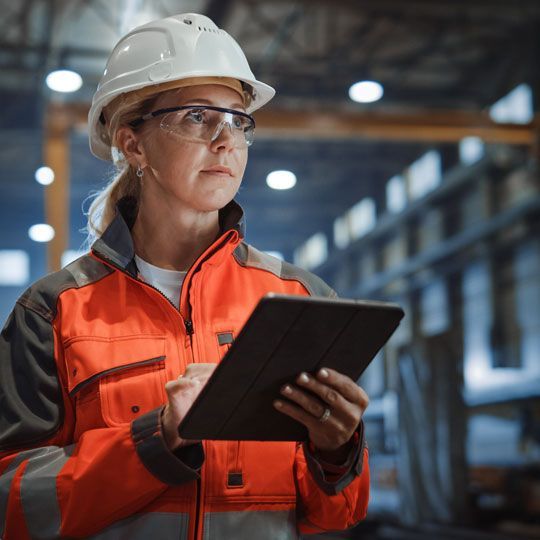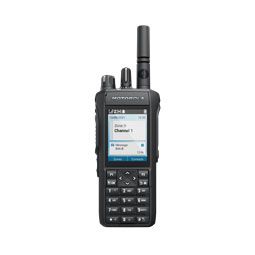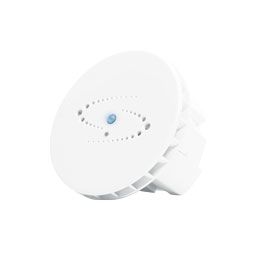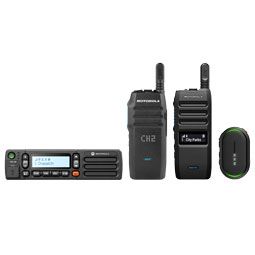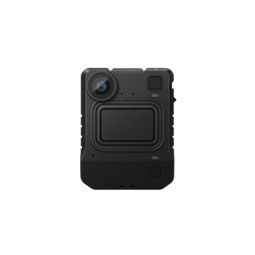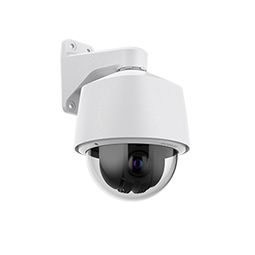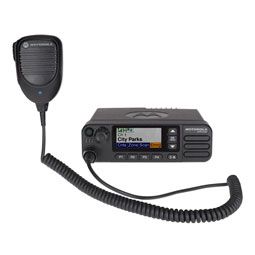
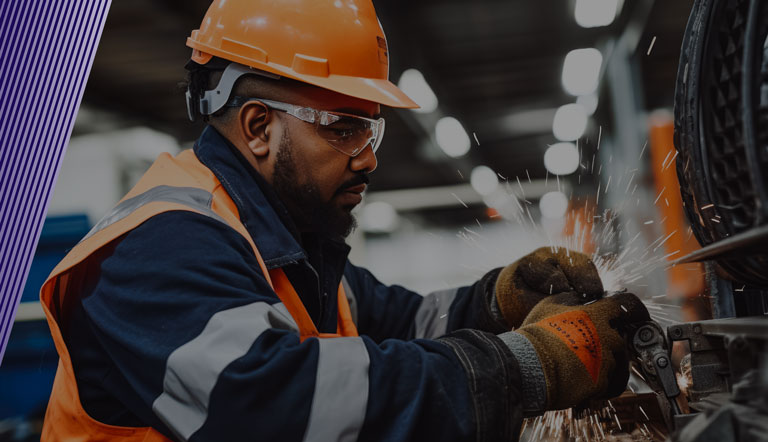
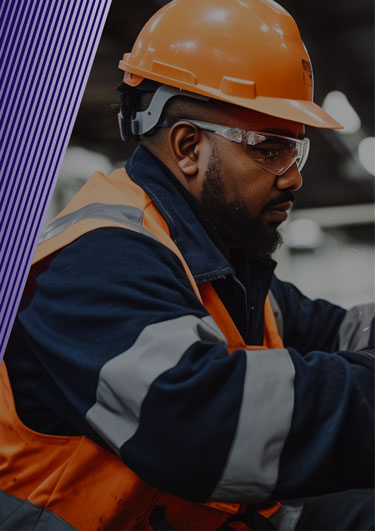
Safer manufacturing when everything is on the line
Our safety and security ecosystem offers critical communications, video security and command centre technologies to help connect machines, people and data.
Safer manufacturing
Keep up with IoT and smart manufacturing by implementing technologies to help your plant stay safer and production efficient.
Safer plant floors, safer workers
Connected devices for safer, more productive shifts.
Site awareness and enhanced insights
Real-time data and analytics to gather situational awareness and get to the root of an issue, quicker.
Increased plant efficiency
Automated workflows to keep employees in the areas where they are needed most.
Our manufacturing technology solutions in action
From the production line to the loading dock, in the front office or off-site, Motorola Solutions is helping manufacturers work more efficiently, productively, and safely in the most demanding environments.
Reliable plant-wide communications
In manufacturing, reliable communications are crucial for coordinating operations, ensuring worker safety, and maximising productivity.

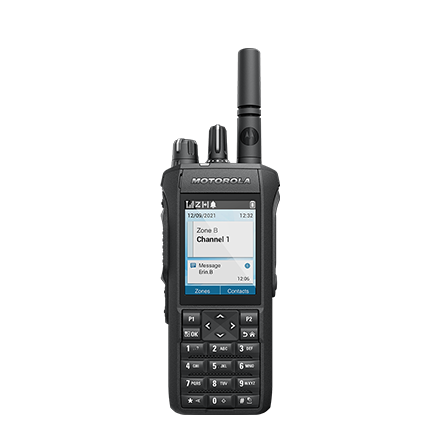
MOTOTRBO radios
The MOTOTRBO two-way radio portfolio offers you a wide choice of devices, from simple voice-only models to feature-rich voice and data radios. All devices work together seamlessly to deliver advanced features to enhance your safety, productivity and efficiency. With exceptional voice quality and outstanding usability, MOTOTRBO keeps your workforce connected.
Learn more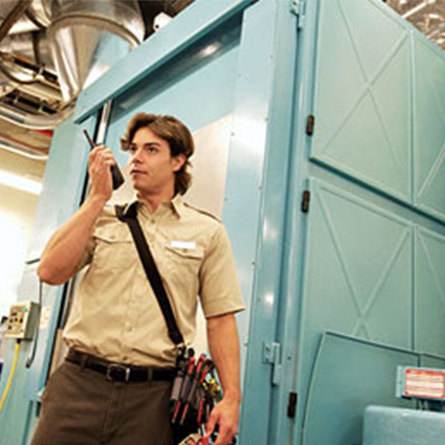
MOTOTRBO Capacity Plus
With Capacity Plus, over a thousand radio users can quickly and efficiently share business-critical voice and data communication on the same system, without having to add new frequencies.
Learn more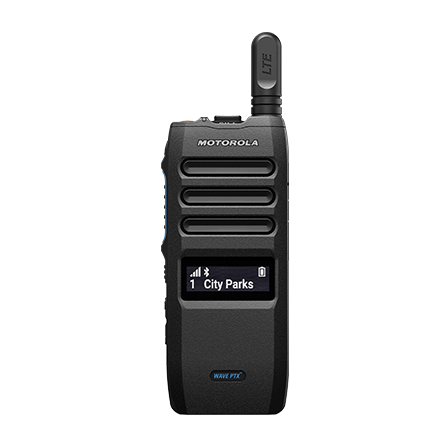
TLK Series radios
No need to worry about range limitations; with the TLK Series radios, push-to-talk (PTT) communications take place over an extended 3G/4G network via WAVE PTX, so you can go wherever your network takes you. Contact work partners wherever they work with high-quality, advanced audio features.
Learn moreSafer plant floors, safer workers
Safe plant environments are crucial for worker well-being, productivity, and compliance. Proactive measures are essential to prevent accidents and enhance workplace safety.

HALO Smart Sensor
Add another level of information to security systems and be notified of vaping, air quality and safety events without using visual or audio recording.
Learn more
Fall Alert
The man down/fall alert feature in some Motorola Solutions radios helps protect the employee’s wellbeing by monitoring their movement and automatically raising the alert if they become incapacitated.
Learn more
TLK 110 radio
Expedite the response time to workers inquiries and emergencies via seamless talkgroup communications between radio and broadband users in the moments that matter.
Learn moreProductive and efficient operations
In today's fast-paced manufacturing environment, streamlined communication is essential for optimised operations, enhancing productivity, and maintaining a safe workplace.
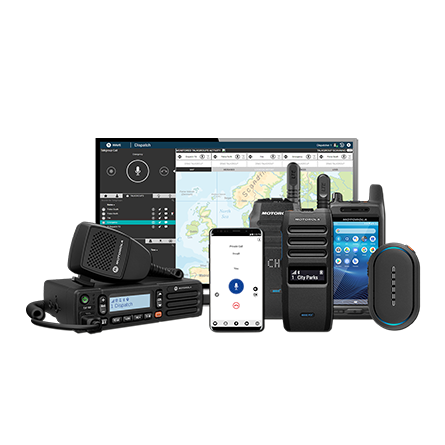
WAVE PTX
WAVE PTX is a subscription based Push-To-Talk (PTT) over cellular group communication service which instantly connects any worker on any device, anywhere. Teams and individuals can talk, text or share video and multimedia files to work together more closely, boost efficiency and enhance productivity.
Learn more
TLK Series radios
Combine the flexibility of WAVE PTX and push-to-talk communication via broadband with the reliability of a rugged, purpose-built radio.
Learn more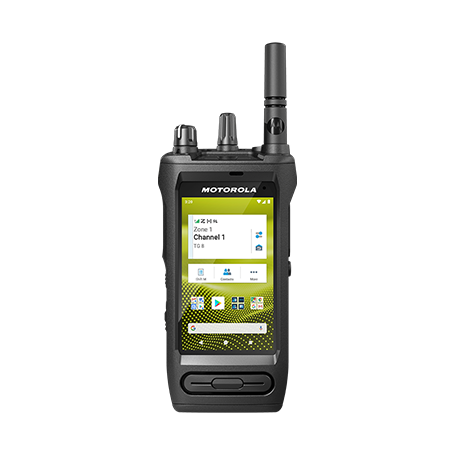
MOTOTRBO radios
The MOTOTRBO two-way radio portfolio offers you a wide choice of devices, from simple voice-only models to feature-rich voice and data radios. All devices work together seamlessly to deliver advanced features to enhance your safety, productivity and efficiency. With exceptional voice quality and outstanding usability, MOTOTRBO keeps your workforce connected.
Learn morePlant and assets protection
With video surveillance, manufacturers can safeguard their facilities, assets, and personnel, deter criminal activity, and enhance overall operational efficiency.
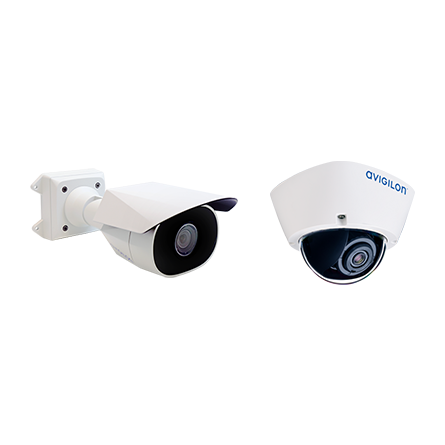
Fixed video cameras
Our industrial video cameras with IR and thermal technology go beyond basic industrial alarm systems by providing visual context, even in complete darkness.
Learn more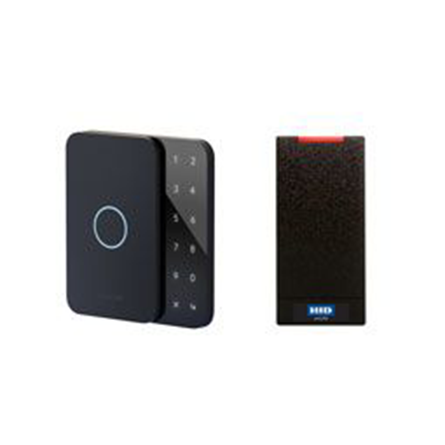
Access control
Industrial access control solutions allow you to restrict unauthorised individuals from gaining access at entry and exit points, both inside and out.
Learn more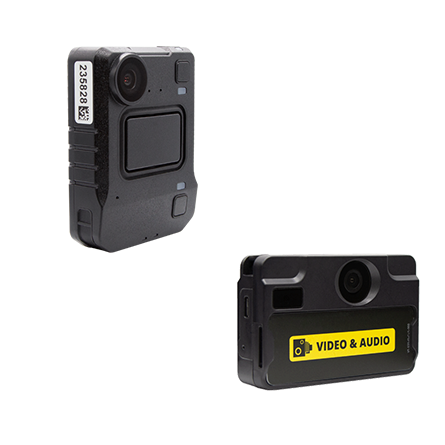
Body cameras
Using body cameras, technicians can document incidents, equipment failures or repairs and share the information with the supervisor.
Learn moreThis new system (MOTOTRBO IP Site Connect) is extremely reliable, easy to use and easy to manage; it provides all the scalability, security and functionality we will need moving forward.
Justyna Stangreciak
Kellanova (Pringles)
We wanted to be able to mark a zone and have the system automatically send an alert to a radio to notify security if someone enters that zone. That keeps someone from having to watch cameras all the time, the camera does it on its own.
Joseph Jenkins and Shane Mille
Logan Aluminum
The communications are clear and instantaneous, there’s always a channel free and the talk groups have been set up for easier, relevant group calls. As for the video security, image quality is outstanding.
Javier Romero
Tecnitrán Telecomunicaciones
Discover the technology that takes on challenges your plant faces
We're helping to drive safer manufacturing by building the best possible technologies across every part of the safety and security ecosystem to help protect your plant, operators and sites. Our ecosystem unifies communications devices and networks, video security systems and the ability to unify voice, video and data in a single view.
Resources for safer manufacturing

Safer manufacturing overview
Discover how our safety & security ecosystem can address needs within your manufacturing plants.

Building seamless connectivity
Solving the top four manufacturing communication challenges.

R7 within manufacturing
Rugged PTT radio with broadband flexibility, easy management, boosts safety and connectivity.
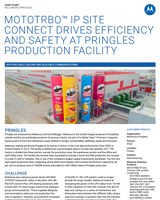
Pringles case study
MOTOTRBO IP Site Connect delivers reliable, secure communications for Kellanova, formerly Kellogg’s.

Logan Aluminum case study
Learn more about the technologies Logan Aluminum uses to connect their entire manufacturing site.

Steadfast MediShield case study
Learn how Steadfast MediShield achieved reliable coverage, instant connection & higher productivity.

